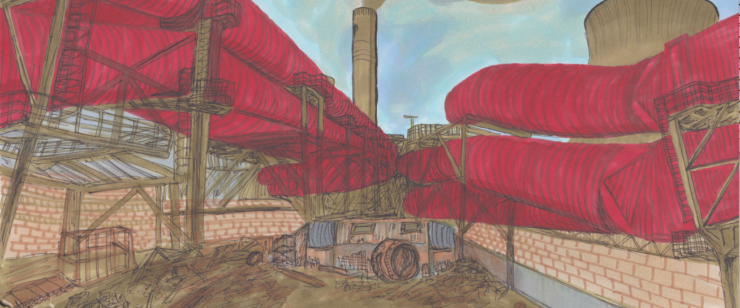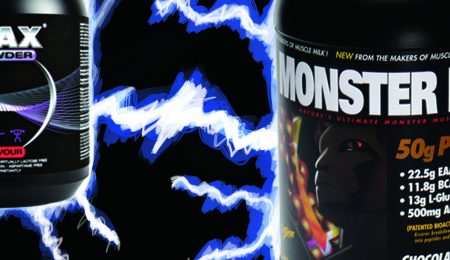Growing up in an environmentally friendly household
Emily Manns | Fulcrum Contributor
GOING GREEN IS in. There are more plastic bags being replaced by reusable ones, more oil based beverage containers being made from 30% recycled materials, and more blue bins stuffed with plastics and cardboard every week. Regardless of whether they have the environment in mind or not, people are finally making choices that could eventually lessen their ecological footprint. My experience growing up in a rural community provided me with unique opportunities to not only take from the environment, but also to give back to it. Here are a some tips for a lifestyle where little is wasted and everything has a use.
Air conditioning is nice during the summer months, but it can become very expensive, especially during extreme heat waves like the one we experienced this past summer. Although it may not be as effective, placing a bucket of ice in the middle of a room and putting the fan on high, can keep you quite comfortable. Keep that in mind the next time you need to defrost your freezer, because if the power goes out from everyone running their ACs on full blast, you will be thankful you kept the ice chips instead of chucking them out.
I won’t say that compost piles don’t smell, because you definitely don’t want to be standing down wind from one, but the benefits of them outweigh the pungent odour. Composting is more than just letting your food scraps decompose and return back to the soil. If you are into any kind of gardening, then compost can be your best friend, giving your plants and crops nutrients that most people get from artificial fertilizers. It also has an interesting effect on rainfall, acting as a layer of topsoil that can prevent the soil beneath it from eroding. It is organic recycling that takes little effort to do, and results in multiple gains.
Finally, bread crusts have their uses, even if they’re the least favourite part of your sandwich. If you need breadcrumbs to make stuffing, for instance, you can save some money by cutting up the crusts into cubes and storing them in the freezer. When it comes time to prepare the food, all you need to do is defrost them, add some seasoning, and then mix them in with the remaining ingredients. Perhaps you’re more into cooking meals with ground beef, like burgers or meatloaf. In that case, you can dry the crusts and then grind them up so that they’re refined enough to mix in with it, giving meat a little more volume and substance. The only limit on what you can do with bread crusts is your imagination.
Everything has a use. There are a million different ways you can lead by example on environmentalism aside from putting your empty pizza boxes in the blue bin. If you get creative, you’ll be amazed at all the ways you can reduce, reuse, and recycle. Even the busiest students can develop their very own green thumb.




